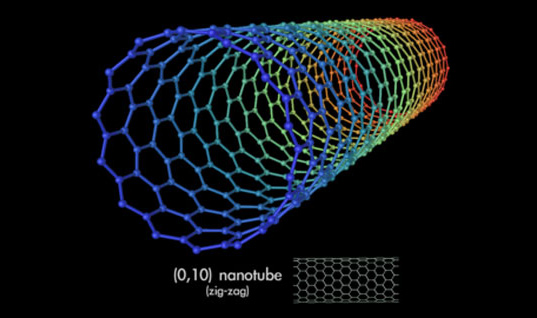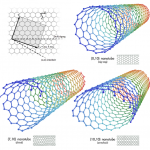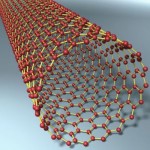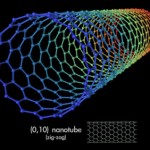Understanding the reinforcing ability of carbon nanotubes
Ever since their discovery, carbon nanotubes (CNTs) have been considered the ultimate additive to improve the mechanical properties of, such as aluminum oxide, silicon nitride and zirconium dioxide. Yet despite the remarkable strength and stiffness of CNTs, many studies have reported only marginal improvements or even the degradation of mechanical properties after these super-materials were added. Indeed, the ability of CNTs to directly reinforce a ceramic material has been strongly questioned and debated in the last ten years.
So what’s going on? In a review paper published in the journal Science and Technology of Advanced Materials (“Recent advances in understanding the reinforcing ability and mechanism of carbon nanotubes in ceramic matrix composites”), researchers at the National Institute for Materials Science in Japan explore what is preventing the reinforcing ability of CNTs from being exploited in a ceramic matrix.
The researchers list three fundamental questions, which must be addressed in order to examine and understand the direct reinforcing ability and mechanism of CNTs in a ceramic matrix:
1. Does the intrinsic load-bearing ability of CNTs change when embedded in a ceramic host matrix?
2. When there is an intimate atomic-level interface without any chemical reaction with the matrix, could one expect any load transfer to the CNTs?
3. Can CNTs – which are nanoscale and flexible – improve the mechanical properties of the matrix at the macroscale when individually, intimately and uniformly dispersed? If so, how?
The authors briefly review recent studies addressing the above questions. In particular, they discuss a recently discovered reinforcing mechanism at the nanoscale, which is responsible for unprecedented, simultaneous mechanical improvements including strengthening, toughening and softening of the ceramic host matrix. They also highlight a new processing method that enables the fabrication of defect-free CNT-concentrated ceramics and CNT-graded composites with unprecedented properties, for applications ranging from biomedical implants and tissue engineering to thermoelectric power generation.
Photo’s captation: carbon nanotubes(CNTs)














